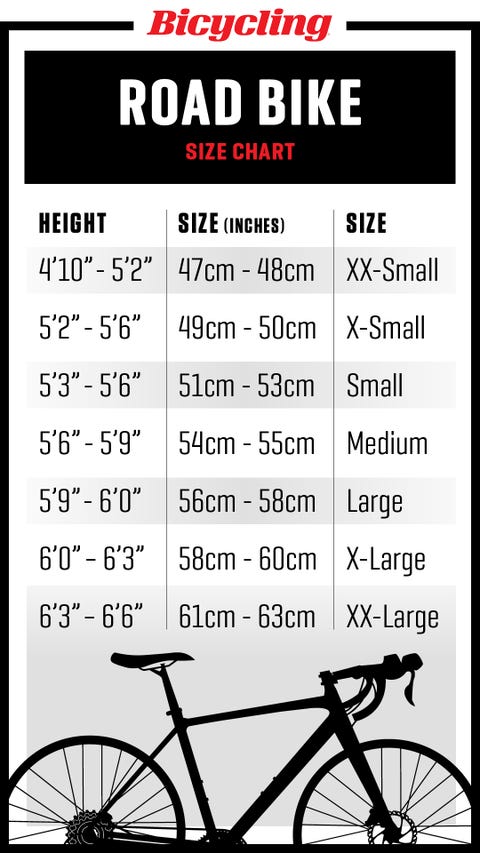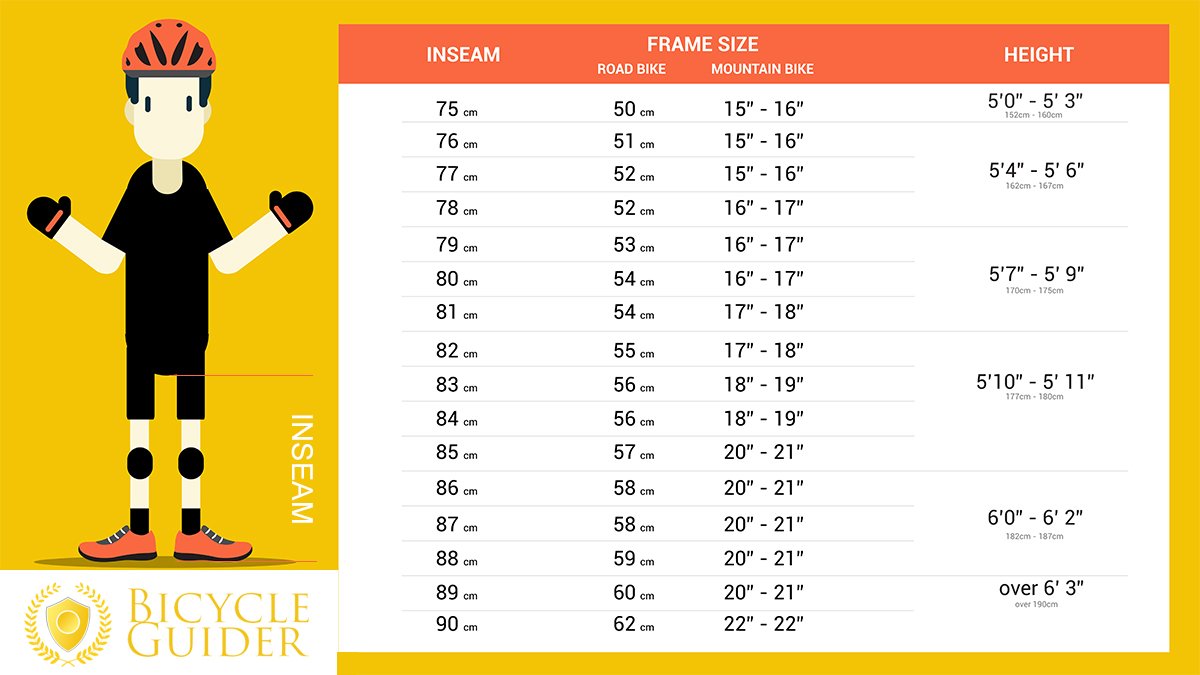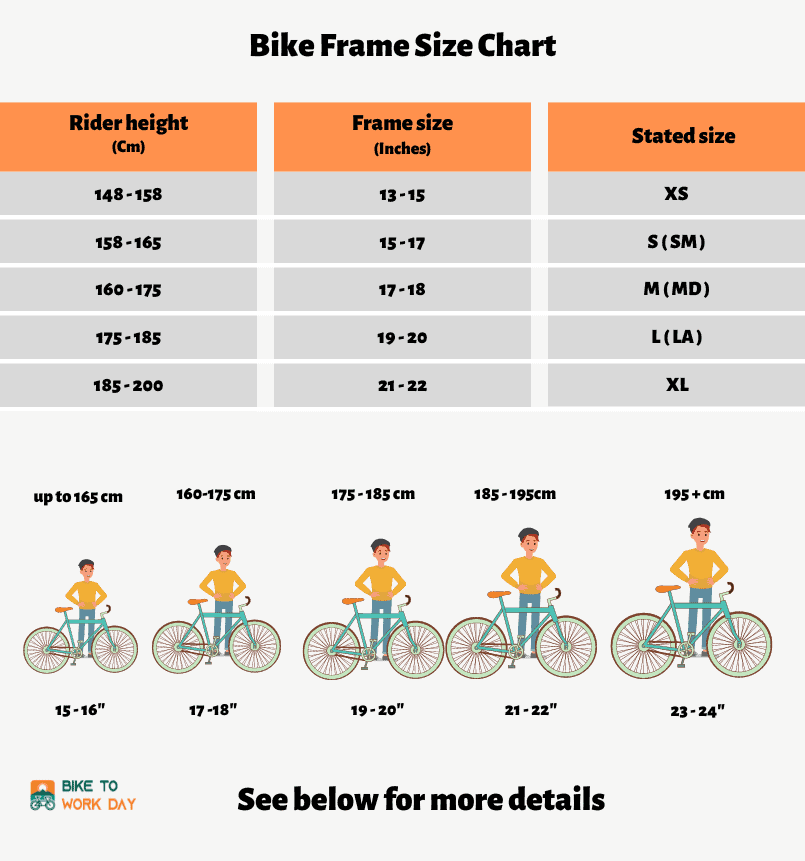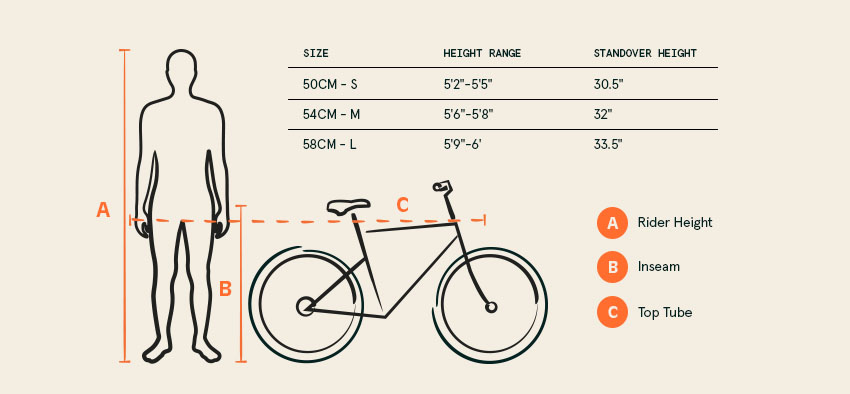Why Proper Bike Fit Matters
Finding the right bike size is crucial for a comfortable, efficient, and safe riding experience. When a bike fits properly, it can make all the difference in the world. So, what size bicycle fits me? The answer lies in understanding the importance of proper bike fit.
A bike that fits correctly can improve overall comfort while riding, reducing the risk of discomfort, pain, and injury. When the body is in a natural position on the bike, riders can enjoy longer periods of riding without feeling fatigued. Additionally, a properly fitting bike can increase efficiency, allowing riders to ride faster and farther with less effort. This is especially important for riders who plan to use their bike for commuting, touring, or competitive racing.
Furthermore, a bike that fits properly can also reduce the risk of injury. When the body is in a natural position on the bike, riders are less likely to experience strain on their muscles and joints. This can help prevent common injuries such as back pain, neck pain, and knee pain. By finding a bike that fits correctly, riders can enjoy a safe and enjoyable riding experience.
Measuring Up: Understanding Your Body and Bike Dimensions
To find the perfect bike size, it’s essential to take accurate body measurements and relate them to bike dimensions. This process may seem daunting, but with a few simple steps, you can ensure a comfortable and efficient fit. So, what size bicycle fits me? Let’s start by taking body measurements.
There are three critical body measurements to take: inseam, arm length, and torso length. Inseam is the distance from the floor to the top of the inner thigh. Arm length is the distance from the shoulder to the wrist. Torso length is the distance from the base of the neck to the hip. These measurements will help you determine the ideal seat height, handlebar reach, and overall bike size.
Once you have your body measurements, you can relate them to bike dimensions. Seat height is the distance from the ground to the top of the saddle. Handlebar reach is the distance from the saddle to the handlebars. By comparing your body measurements to bike dimensions, you can determine the ideal bike size for your body. For example, if you have a longer inseam, you may need a bike with a higher seat height. If you have shorter arms, you may need a bike with a shorter handlebar reach.
Understanding the relationship between body measurements and bike dimensions is crucial in finding the right bike size. By taking the time to take accurate measurements and relate them to bike dimensions, you can ensure a comfortable and efficient fit, making your riding experience more enjoyable and safe.
How to Determine Your Ideal Bike Size
Determining the ideal bike size involves a combination of research, measurement, and testing. By following these steps, you can find a bike that fits comfortably and efficiently, ensuring a enjoyable and safe riding experience. So, what size bicycle fits me? Let’s find out.
Step 1: Use Online Bike Size Calculators
Online bike size calculators are a great resource to determine your ideal bike size. These calculators take into account your body measurements, riding style, and bike type to provide a recommended bike size. Simply enter your measurements and preferences, and the calculator will provide a suggested bike size.
Step 2: Consult with a Professional
If you’re still unsure about your ideal bike size, consult with a professional at a local bike shop. They can take your measurements, assess your riding style, and recommend the perfect bike size for you. Additionally, they can provide valuable insights into different bike types and brands, helping you make an informed decision.
Step 3: Test-Ride Different Bikes
Test-riding different bikes is the final step in determining your ideal bike size. This allows you to experience the bike’s fit and feel firsthand, ensuring that it’s comfortable and efficient for your body. Don’t be afraid to try out different bike sizes and types until you find the one that feels just right.
By following these steps, you can determine your ideal bike size and find a bike that fits comfortably and efficiently. Remember, finding the right bike size is crucial for a enjoyable and safe riding experience. So, what size bicycle fits me? With these steps, you’ll be well on your way to finding the perfect bike.
Factors to Consider: Riding Style, Terrain, and Bike Type
When determining what size bicycle fits me, it’s essential to consider various factors that affect bike size requirements. Riding style, terrain, and bike type are crucial considerations that can impact the ideal bike size. By understanding how these factors influence bike size, you can make an informed decision and find a bike that fits comfortably and efficiently.
Riding Style
Your riding style plays a significant role in determining the ideal bike size. If you’re an aggressive rider who likes to take corners quickly, you may prefer a smaller bike with a more responsive handling. On the other hand, if you’re a casual rider who prioritizes comfort, a larger bike with a more upright riding position may be suitable.
Terrain
The terrain you’ll be riding on also affects bike size requirements. If you’ll be riding on rough, mountainous terrain, a larger bike with more suspension travel may be necessary to absorb shock and provide stability. In contrast, if you’ll be riding on smooth, paved roads, a smaller bike with less suspension travel may be sufficient.
Bike Type
The type of bike you’re looking for also impacts bike size requirements. Road bikes, for example, are designed for speed and efficiency, and typically require a smaller bike size. Mountain bikes, on the other hand, are designed for rugged terrain and require a larger bike size to provide stability and control. Hybrid bikes, which combine elements of road and mountain bikes, fall somewhere in between.
By considering these factors, you can adjust your expectations and find a bike that fits comfortably and efficiently. Remember, what size bicycle fits me is not a one-size-fits-all answer. It’s essential to consider your unique needs and preferences to find the perfect bike.
Bike Size Charts: A Helpful Resource
Bike size charts are a valuable resource for determining what size bicycle fits me. These charts provide a comprehensive guide to bike sizing, taking into account various factors such as rider height, inseam, and arm length. By using a bike size chart, you can quickly and easily determine the ideal bike size for your body and riding style.
How to Use Bike Size Charts
To use a bike size chart, simply find your height and inseam measurements on the chart, and then match them to the corresponding bike size. Most bike size charts are organized by bike type, such as road, mountain, or hybrid, so be sure to select the chart that corresponds to the type of bike you’re interested in.
Interpreting Bike Size Charts
When interpreting a bike size chart, it’s essential to understand the different measurements and how they relate to bike size. For example, a bike size chart may list a range of heights and inseam measurements for each bike size, such as “5’6″-5’8″ and 29″-31″ inseam for a medium bike size.” This means that if you’re between 5’6″ and 5’8″ tall, and have an inseam of 29″-31″, a medium bike size would be the ideal fit.
Finding the Right Chart for Your Bike Type and Brand
With so many bike brands and types available, it’s essential to find a bike size chart that’s specific to your needs. Most bike manufacturers provide their own bike size charts, which can be found on their website or in-store. Additionally, online bike retailers often provide bike size charts for various brands and types of bikes.
By using a bike size chart, you can quickly and easily determine what size bicycle fits me, and find a bike that fits comfortably and efficiently. Remember, finding the right bike size is crucial for a enjoyable and safe riding experience.
Real-Life Examples: Finding the Right Fit with Popular Bike Brands
When searching for the perfect bike, it’s essential to consider the specific bike brand and model. Different brands and models have unique sizing charts and requirements, so it’s crucial to understand how to find the right size bike from each brand. Here are some real-life examples of popular bike brands and how to find the right size bike from each brand.
Trek Bikes
Trek is a well-known bike brand that offers a wide range of models, from road bikes to mountain bikes. To find the right size Trek bike, use their online bike size calculator, which takes into account your height, inseam, and arm length. For example, the Trek Emonda road bike has a size range of 50-62cm, with the 54cm size suitable for riders between 5’6″ and 5’8″ tall.
Specialized Bikes
Specialized is another popular bike brand that offers a variety of models, including road, mountain, and hybrid bikes. To find the right size Specialized bike, consult their bike size chart, which is organized by bike type and size. For example, the Specialized Roubaix road bike has a size range of 49-61cm, with the 54cm size suitable for riders between 5’6″ and 5’8″ tall.
Giant Bikes
Giant is a well-established bike brand that offers a wide range of models, from road bikes to mountain bikes. To find the right size Giant bike, use their online bike size calculator, which takes into account your height, inseam, and arm length. For example, the Giant TCR road bike has a size range of 47-61cm, with the 52cm size suitable for riders between 5’4″ and 5’6″ tall.
By understanding how to find the right size bike from each brand, you can ensure a comfortable and efficient fit. Remember, what size bicycle fits me is not a one-size-fits-all answer, and it’s essential to consider the specific bike brand and model when searching for the perfect bike.
Test-Ride Tips: Ensuring a Comfortable and Efficient Fit
Once you’ve narrowed down your search to a few bike models, it’s essential to test-ride them to ensure a comfortable and efficient fit. Here are some tips to help you make the most of your test ride:
Adjust the Bike to Fit Your Body
Before taking the bike for a spin, make sure to adjust the saddle height, handlebar reach, and pedal position to fit your body. This will give you a more accurate feel for how the bike will perform on the road or trail.
Check for Comfort and Efficiency
During the test ride, pay attention to how comfortable you feel on the bike. Do you feel stretched out or cramped? Are your hands and feet in a comfortable position? Also, pay attention to how efficiently you’re able to pedal and maneuver the bike.
Identify Potential Issues
As you ride, take note of any discomfort or issues you experience. Do you feel pressure on your hands or feet? Is the saddle too hard or too soft? Are you able to easily shift gears and brake? Identifying these issues early on can help you determine whether the bike is the right fit for you.
Ask Questions and Seek Feedback
Don’t be afraid to ask the sales staff or a professional fitter for feedback on your riding position and bike fit. They may be able to identify issues you’re not aware of and provide valuable insights to help you find the perfect bike.
By following these test-ride tips, you can ensure a comfortable and efficient fit, and find a bike that meets your unique needs and riding style. Remember, what size bicycle fits me is a personal question, and the answer will vary from person to person. By taking the time to test-ride and adjust the bike to fit your body, you can find a bike that’s tailored to your needs, ensuring a enjoyable and safe riding experience.
Conclusion: Finding Your Dream Bike
Finding the right bike size is crucial for a comfortable, efficient, and safe riding experience. By understanding the importance of proper bike fit, taking accurate body measurements, and using online resources and professional guidance, you can determine your ideal bike size and find a bike that fits you perfectly.
Remember, what size bicycle fits me is a personal question that requires careful consideration of various factors, including riding style, terrain, and bike type. By following the steps outlined in this guide, you can navigate the process of finding the right bike size with confidence.
Whether you’re a seasoned cyclist or just starting out, finding a bike that fits comfortably and efficiently can make all the difference in your riding experience. So, take the time to research, test-ride, and adjust your bike to fit your body, and you’ll be well on your way to finding your dream bike.
With the right bike size, you’ll be able to ride longer, ride stronger, and ride safer. So, what are you waiting for? Start your search for the perfect bike today, and get ready to experience the joy of cycling like never before.


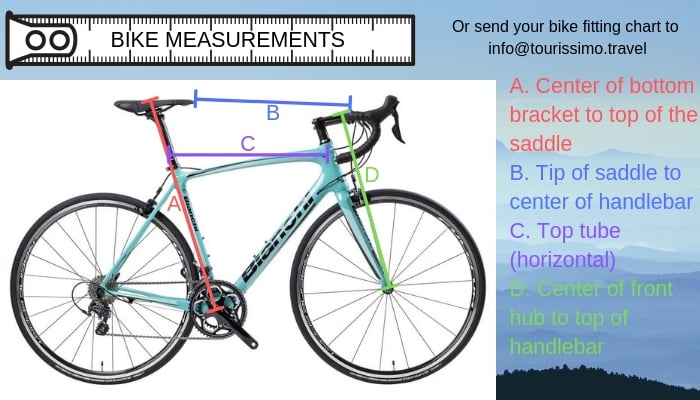
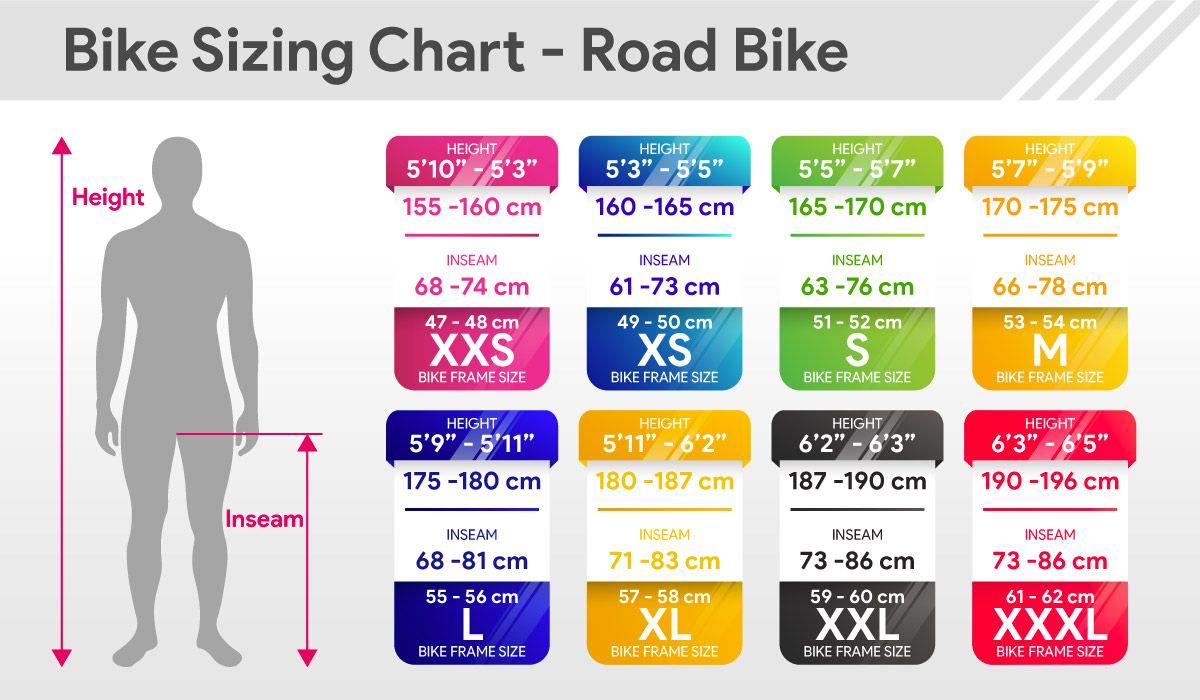
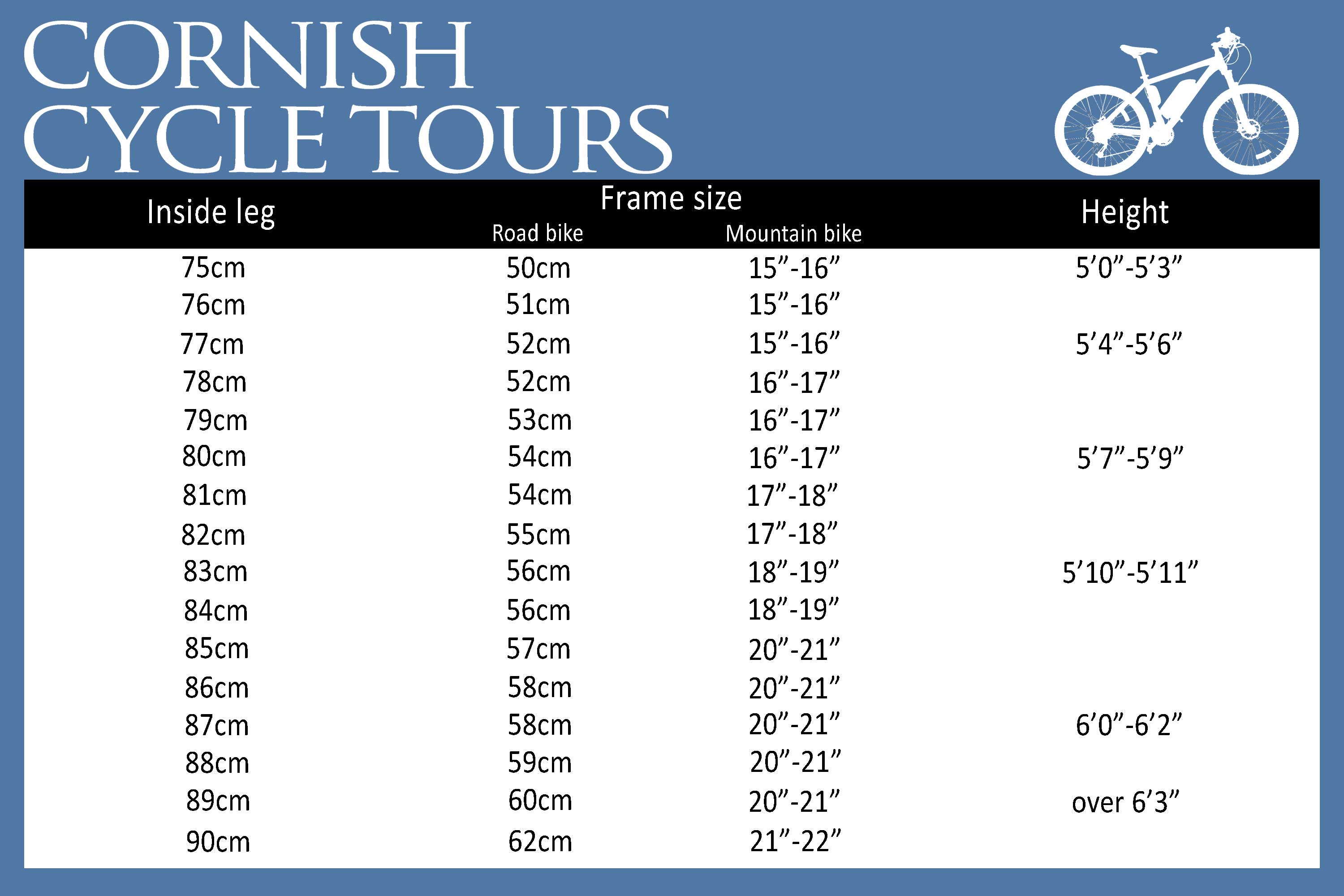
.jpg)
